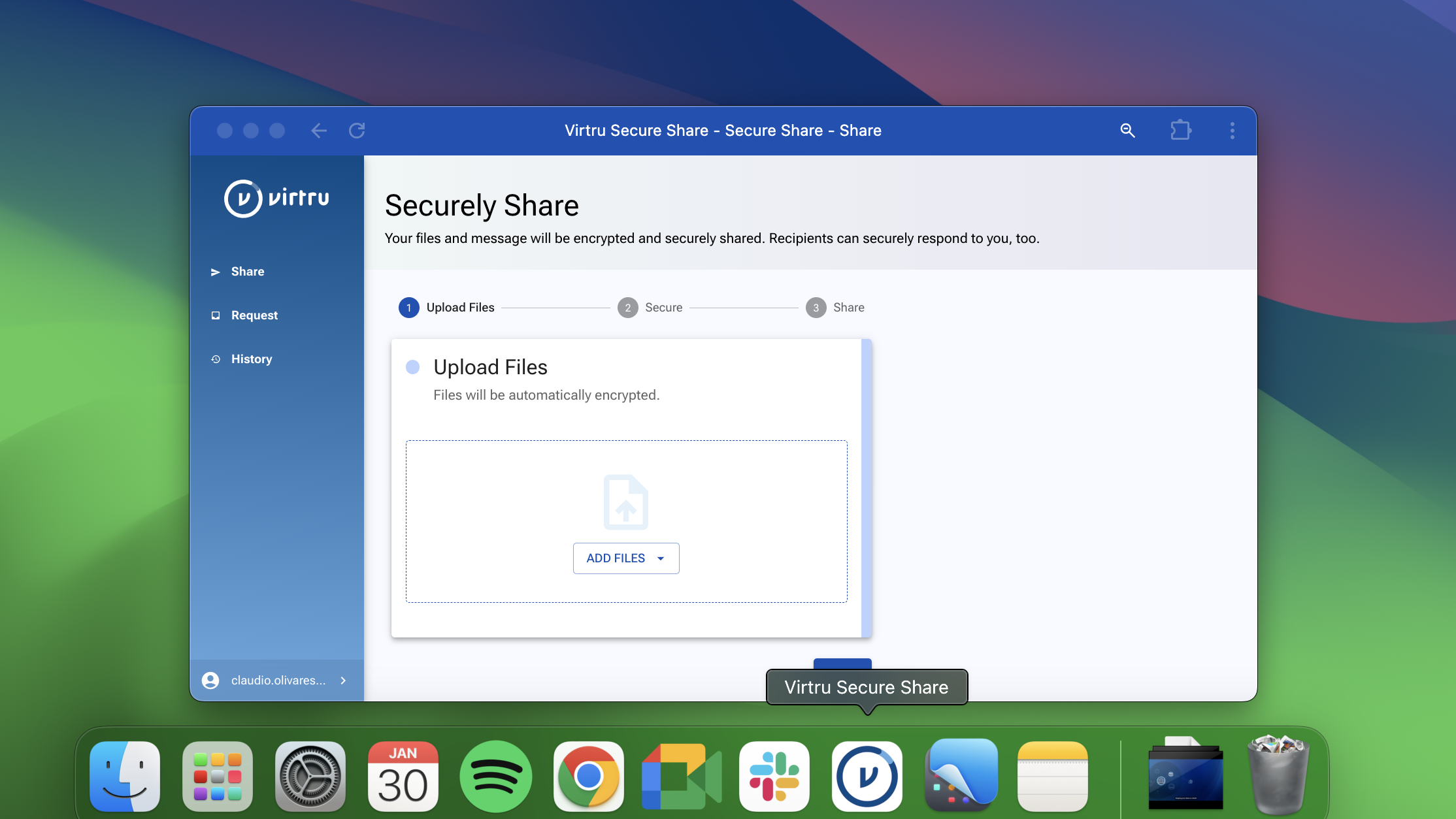Understanding the 2023 Zimbra Breach: Time to Refocus on Data-Centric Security

In February of 2022, we discussed a severe zero-day vulnerability identified in the Zimbra Collaboration Suite. The vulnerability potentially impacted the confidentiality and integrity of data and put at risk thousands of European governments, media agencies, and other users of the Zimbra Webmail. It marked another instance in the all-too-common story of cyberattacks, reminiscent of the 2021 Microsoft attacks.
Fast forward to today, and Zimbra has once again warned its users of a new critical security flaw actively exploited in the wild. This new exploit reminds us of the importance of re-examining our tech stack and our data protection policies to withstand such threats.
In the wake of these events, we want to stress the continued relevance and importance of what we called for a year ago: a Zero Trust, data-centric cybersecurity approach. Let's revisit and dive deeper into these key considerations for your organization's security.
The Latest Zimbra Attack: A Closer Look
Zimbra, an email and collaboration platform used by over 200,000 businesses worldwide, recently discovered a zero-day security vulnerability in their system. The issue is a reflected Cross-Site Scripting (XSS) flaw, which could allow attackers to steal sensitive user information or run harmful code on affected systems. The flaw was identified by a security researcher from Google's Threat Analysis Group and has been used in a targeted attack.
This vulnerability should be addressed urgently, given that multiple Zimbra bugs have been exploited recently, compromising hundreds of email servers globally. Zimbra has provided manual instructions for teams to patch for the time being. In 2022, breaches occurred due to other security issues in Zimbra, and early this year, a hacking group used a similar XSS bug to breach webmail portals of NATO-aligned governments.
Although Zimbra has issued an advisory and provided a manual fix in anticipation of a formal patch, the discovery of this exploit underscores the importance of a proactive, data-centric cybersecurity posture. It reiterates that it isn't enough to react to security threats as they come; instead, it's crucial to be prepared and add a layer of security to your most valuable asset – your data – to protect from potential breaches.
A Call for Action: Protect the Data Itself, Not Just the Network
Despite multiple instances of data breaches, many organizations still focus on securing the network perimeters rather than the data itself. This approach, while necessary, is no longer sufficient. With the evolution of multi-cloud environments and the increasing number of endpoints, the network perimeter is becoming harder to define, increasing the risk of data being accessed maliciously.
Our call for action remains the same: focus on the data. It's what the attackers are after. By implementing a data-centric approach in your applications, email, and file-sharing processes, your organization can ensure that the data remains secure, regardless of whether the network is compromised.
Adopting a Data-First, Zero-Trust Cybersecurity Posture
Data-centric security emphasizes safeguarding the data itself, wherever it may reside or be shared. Instead of giving full access to users and entities in your network, a data-centric approach validates their need to access specific data with each request. This can significantly cut down the chance of a breach, as even authenticated users aren't given unrestricted access to all the information.
This approach mirrors the recommended fix for system vulnerabilities: make targeted changes to bolster security. Similar to a data-centric approach, the system doesn't implicitly trust all inputs. Instead, it ensures each data access or input is appropriately sanitized and verified before use. This method guarantees that, irrespective of the potential vulnerabilities in the system, your data remains secure.
Staying Prepared for Future Threats
The emergence of a new vulnerability in Zimbra's system emphasizes the relevance of our discussion a year ago and underscores the need for organizations to protect not just their network perimeters but their data. As we look into the future, it becomes clear that a data-centric approach to cybersecurity is not just a recommended strategy but a necessity.
Virtru offers end-to-end encryption and strict access control for your data, which ensures that even if there's a vulnerability in your system, the data safeguarded by Virtru remains encrypted and tightly controlled. As a result, unauthorized parties, despite any potential system vulnerability, would not be able to access or read the encrypted data secured by Virtru. From email, to files, to SaaS apps, and more, discover a simple but elegant data protection suite that gives you full control in the face of uncertainty.

Editorial Team
The editorial team consists of Virtru brand experts, content editors, and vetted field authorities. We ensure quality, accuracy, and integrity through robust editorial oversight, review, and optimization of content from trusted sources, including use of generative AI tools.
View more posts by Editorial TeamSee Virtru In Action
Sign Up for the Virtru Newsletter










